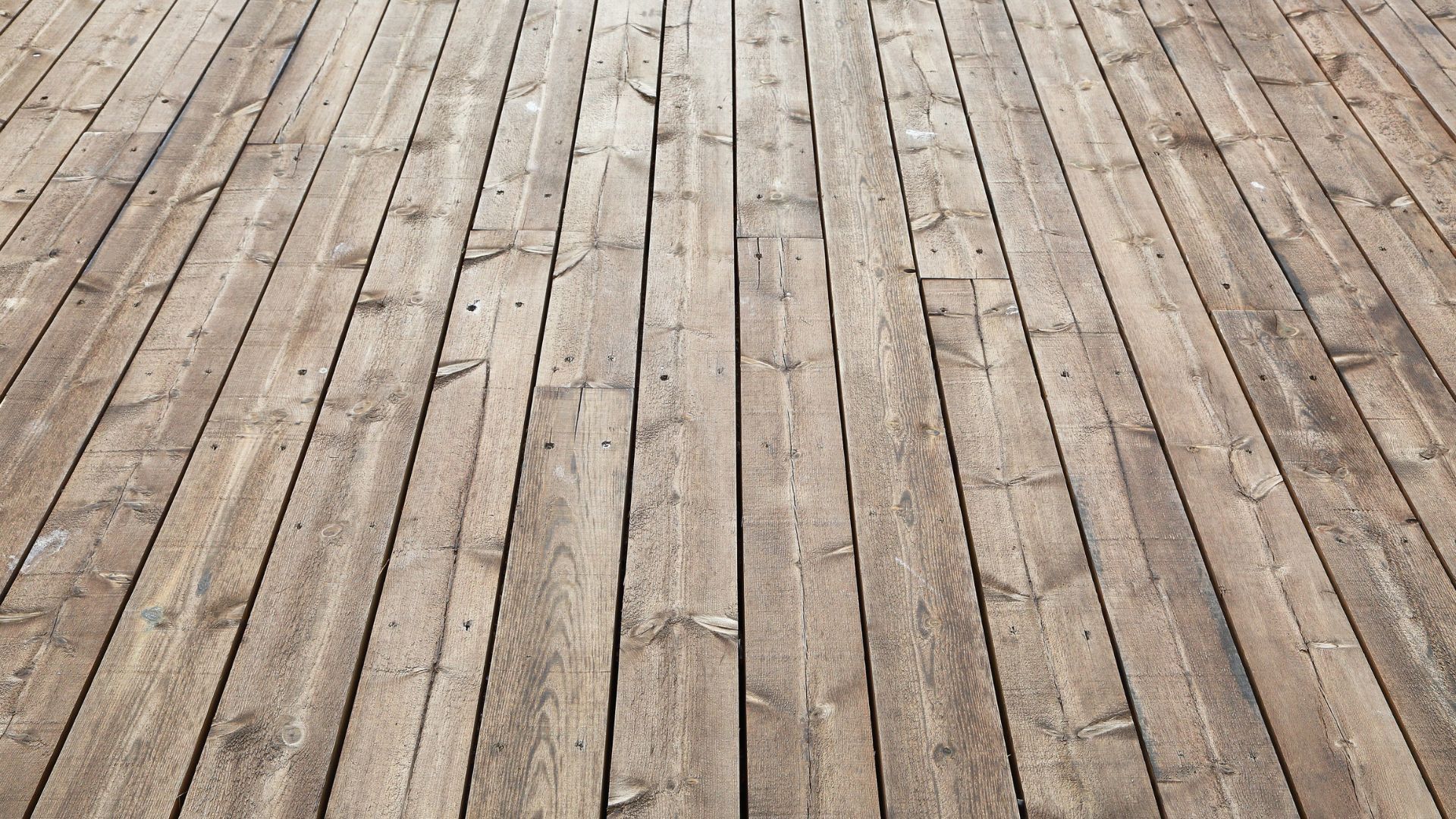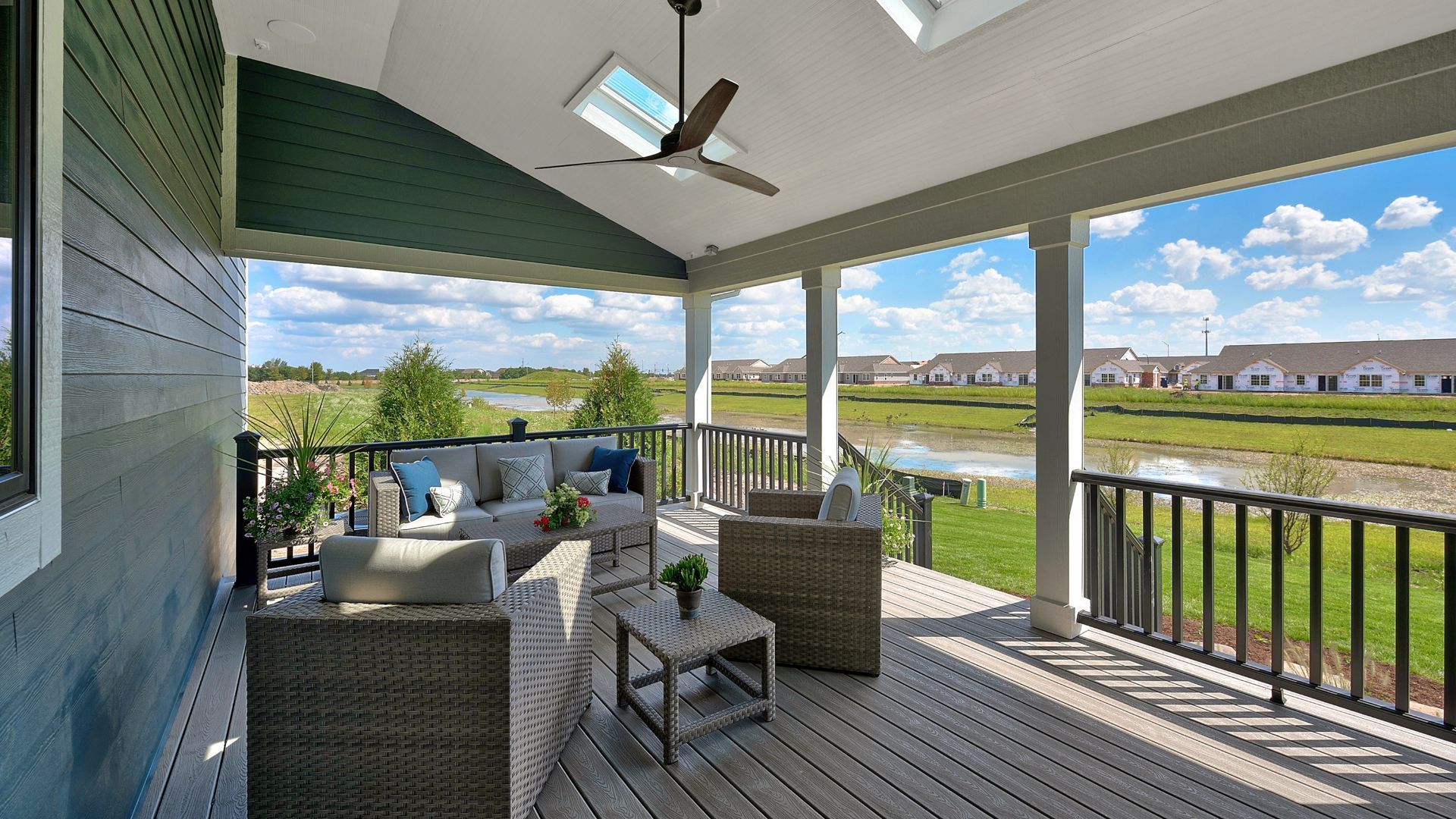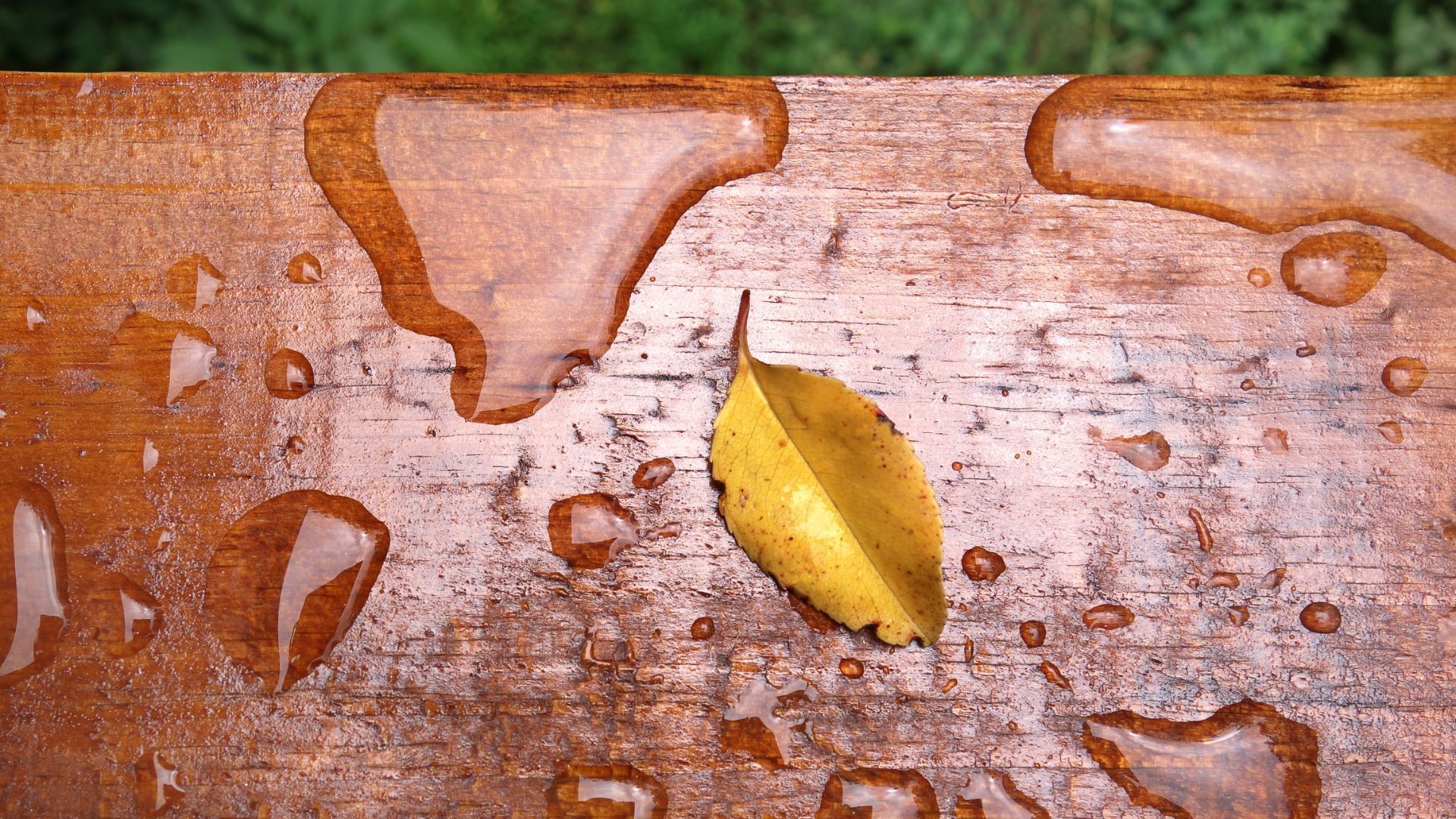Bluegrass Deck Designs' Tips for Long-Lasting Decks in Kentucky’s Climate
Building a deck that can withstand the diverse and often challenging climate of Kentucky is crucial for ensuring its longevity and durability. Lexington experiences a range of weather conditions, from hot, humid summers to cold, wet winters, which can all pose threats to the structural integrity of your deck. At Bluegrass Deck Designs, we specialize in creating decks that are not only beautiful but built to last. Here are our expert tips for constructing a long-lasting deck in Kentucky’s unique climate.

Choose the Right Materials
Weather-Resistant Woods
Selecting the appropriate wood is the first step in building a durable deck. Some of the best choices for Kentucky’s climate include:
- Pressure-Treated Wood: Treated to resist rot, decay, and insect damage, this wood is ideal for Kentucky's humid summers and rainy seasons.
- Cedar and Redwood: Naturally resistant to weathering and insects, these woods are also aesthetically pleasing with their rich colors and grains.
Composite Decking
For those looking for even greater durability and less maintenance, composite decking is an excellent alternative. Made from a blend of wood fibers and plastics, it does not warp, crack, or swell like natural wood, making it perfect for Kentucky’s variable weather.
Implement Proper Deck Sealing and Staining
The Importance of Sealing
Applying a waterproof sealant is essential for protecting your deck from moisture, which can lead to wood rot and decay. Sealing your deck helps to repel water and protects it from the damaging effects of sun and rain.
Choosing the Right Stain
Staining your deck not only enhances its appearance but also adds an extra layer of protection. Choose a stain that includes a UV blocker to prevent fading caused by sun exposure and a mildewcide to protect against mold and mildew growth common in humid climates.
Ensure Adequate Drainage
Design for Water Runoff
Proper deck design should include a slight slope away from the house to ensure that water does not pool on the surface. This helps to prevent water damage and extends the life of your deck.
Use Spacers
Install spacers between deck boards to allow for adequate airflow and drainage. This spacing helps prevent mold and mildew buildup by allowing moisture to escape rather than being trapped between the boards.
Regular Maintenance and Inspection
Seasonal Cleaning
Keeping your deck clean is crucial for its longevity. Regular sweeping to remove debris and periodic washing with a deck cleaner can prevent the buildup of materials that might cause decay or staining.
Annual Inspections
Inspect your deck at least once a year for signs of wear, such as loose boards or railings, cracked wood, or peeling sealant. Early detection of these issues allows for timely repairs that can extend the life of your deck.
Conclusion: Building for the Future
With the right materials, proper construction techniques, and regular maintenance, your deck can become a lasting addition to your home in Lexington, KY. Bluegrass Deck Designs is here to help you every step of the way, from selecting materials to performing annual inspections.
Are you ready to build a deck that will stand the test of time and weather? Contact Bluegrass Deck Designs today to get started on your durable, long-lasting deck!
FAQs
What is the best material for decks in humid climates?
Composite decking is highly recommended for humid climates as it resists moisture, warping, and insect damage more effectively than most woods.
How often should I seal my wood deck?
It's advisable to seal your wood deck every two to three years, depending on exposure to elements and the type of wood used.
Can a deck be pressure-washed?
Yes, but it should be done carefully with a low-pressure setting to avoid damaging the wood or removing the protective sealant.
What are the signs that my deck needs repair or maintenance?
Signs include noticeable wood softening, discoloration, loose fittings, or peeling of the stain and sealant.
Is it worth investing in composite decking?
While the initial investment is higher than traditional wood, composite decking offers significant savings over time due to lower maintenance costs and greater durability.




